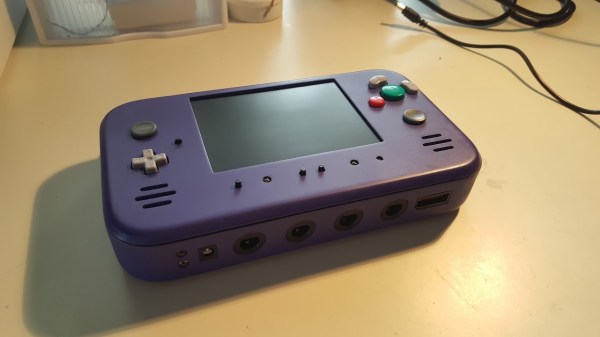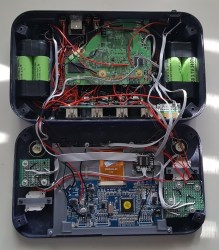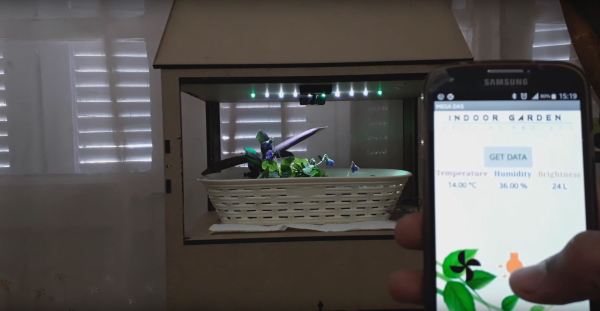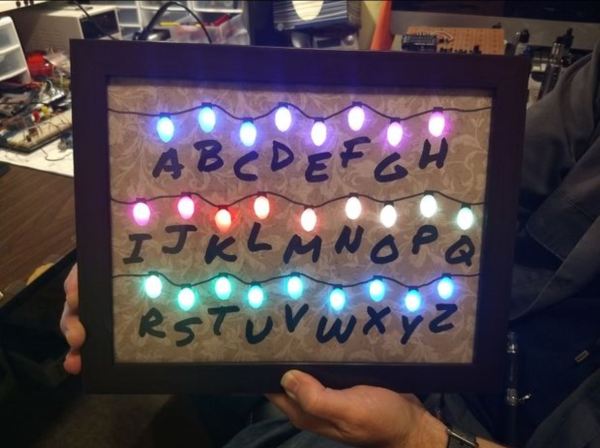Taking a dive into VR or augmented reality — once, dreamed-of science fiction — is not only possible for the average consumer, but crafting those experiences is as well! Hackaday.io user [kvtoet]’s HandHolo is a homebrew method to cut your teeth on peeking into a virtual world.
This project requires a smartphone running Android Oreo as its backbone, a Bluetooth mouse, a piece of cardboard and a small mirror or highly reflective surface. The phone is slotted into the cardboard housing — prototype with what you have! — above the mouse, and the mirror angled opposite the screen reflects the image back to the user as they explore the virtual scene.
Within Unity, [kvtoet]’s used a few scripts that access phone functions — namely the gyroscope, which is synchronised to the mouse’s movements. That movement is translated into exploration of the virtual space built in Unity and projected onto the portal-like mirror. Check it out!








 Data begin sent between the Fitbit and the phone can be encrypted, but there is a live mode that sends the data as plain text. The implementation seemed to be security by obscurity as a new Bluetooth handle is used for this mode. This technique prevents the need to send every encrypted packet to the server for decryption (which would be for every heartbeat packet). So far the fix for this has been the ability to disable live mode. If you have your own Fitbit to play with, sniffing live mode would be a fun place to start.
Data begin sent between the Fitbit and the phone can be encrypted, but there is a live mode that sends the data as plain text. The implementation seemed to be security by obscurity as a new Bluetooth handle is used for this mode. This technique prevents the need to send every encrypted packet to the server for decryption (which would be for every heartbeat packet). So far the fix for this has been the ability to disable live mode. If you have your own Fitbit to play with, sniffing live mode would be a fun place to start.









